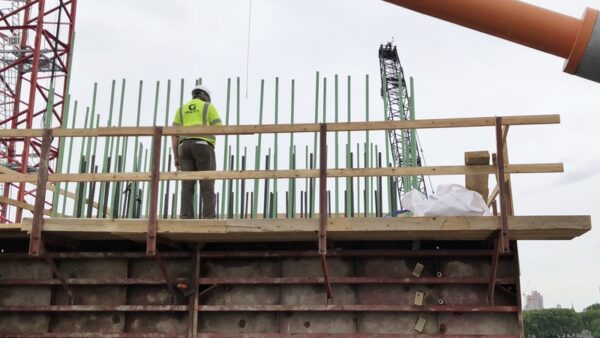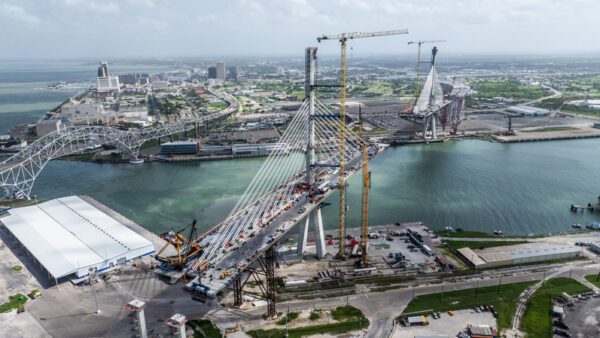Dubai’s plans to launch a self-driving airborne taxi service have moved a step closer with the maiden flight of the Autonomous Air Taxi (AAT), which takes the form of an electrically powered, 18-rotor “Volocopter”.
The emirate hopes that the AAT trial will help solve the technological problems behind flying taxis while it works on a legal and regulatory framework that would allow lots of such vehicles to share the sky safely.
The aircraft is electrically powered and the prototype has a maximum flight time of 30 minutes. It has a cruise speed of 50 km/h and a maximum speed of 100 km/h, although these speeds will be improved in newer models.
The AAT is a small craft: 2m in height with a rotor diameter of 7m.
Mattar Al Tayer, the director-general of the Dubai Road and Transport Authority (RTA), tried to reassure anyone nervous at the thought of trusting their life to a small, fast, electrically-power aircraft with no pilot.
He said the German-made craft had “top security and safety standards, and multiple redundancies in all critical components such as propellers, motors, power source, electronics and flight controls”.
It is also fitted with emergency parachutes.
Nine independent batteries take two hours to reach full charge in the prototype, but charging time is expected to go down in the production version.
Over the next five years, the RTA will collaborate with the UAE General Civil Aviation Authority and the Dubai Civil Aviation Authority to develop laws and policies governing the service, a category that includes defining aerial routes and corridors, locating take-off and landing points and setting standards for operators of the service.
Al Tayer said the AAT would support Dubai’s claim to be “the world’s smartest city”. It is also part of the RTA’s goal of having autonomous transport account for a quarter of journeys in Dubai by 2030.
Image: The service was launched by the Crown Prince of Dubai (Government of Dubai)
Further Reading:
Comments
Comments are closed.







Comment: How many can it safely take? Then followed by a very long list of safety and even security concerns! However the success or failure of such a taxi has to fully overcome all such concerns before it can become an acceptable alternative to the present long since tried and trusted modes of transport! One major point of concern, which is prominent, is any sudden , unpredictable wind turbulence and then in such
an event – especially the ability of such an aircraft to be able to land safely ! May be the four wheel driverless
cab ,once perfected and widely in use will then make such an airborne one more amenable to would be users!!